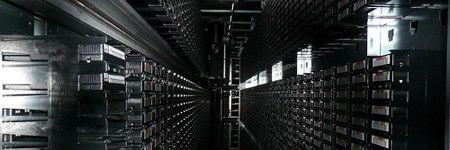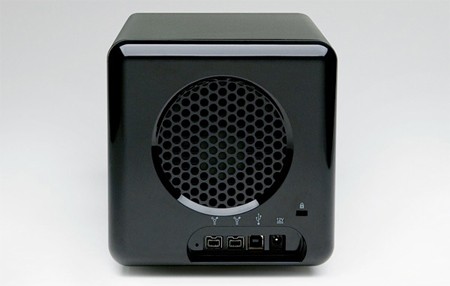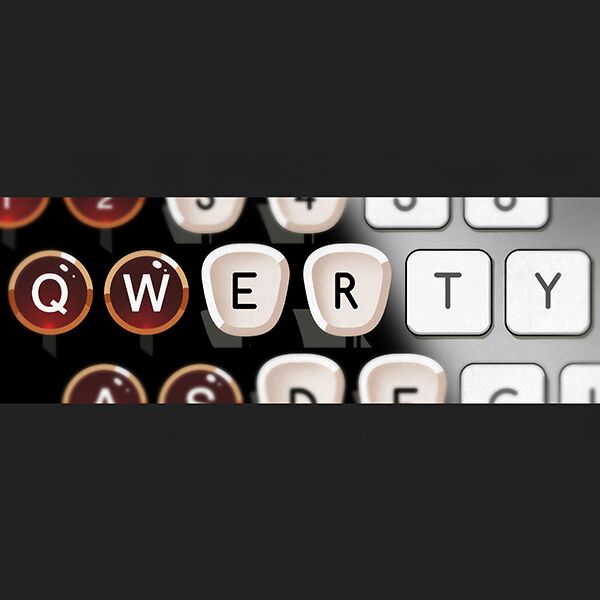[youtube http://www.youtube.com/watch?v=9cKBdn4uHyY%5D
Props go to [Michael Nash] for establishing an interface between National Instrument’s labVIEW and an Arduino (an example video using a potentiometer is above). Personally, from the one time we were forced to use labVIEW, we hated every second of it.
One reason it’s so terrible, is the Data Acquisition Modules cost well into the hundreds of dollars, yet the documentation and help resources are very scarce. By using an Arduino instead of the modules, the price and difficulty decrease a considerable amount. Which begs the question why has it taken so long to get a decent (and so simple) of a setup working?

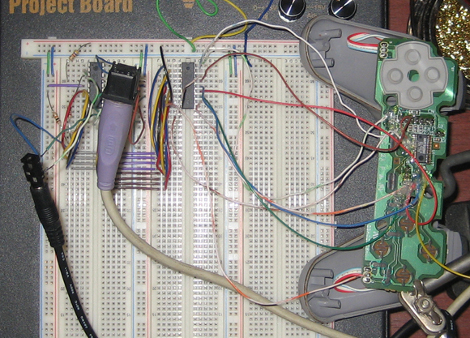
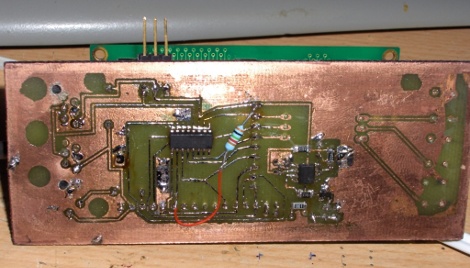
![article-1212214-0659F596000005DC-336_468x324[1] article-1212214-0659F596000005DC-336_468x324[1]](http://hackaday.com/files/2009/09/article-1212214-0659f596000005dc-336_468x3241.jpg)

